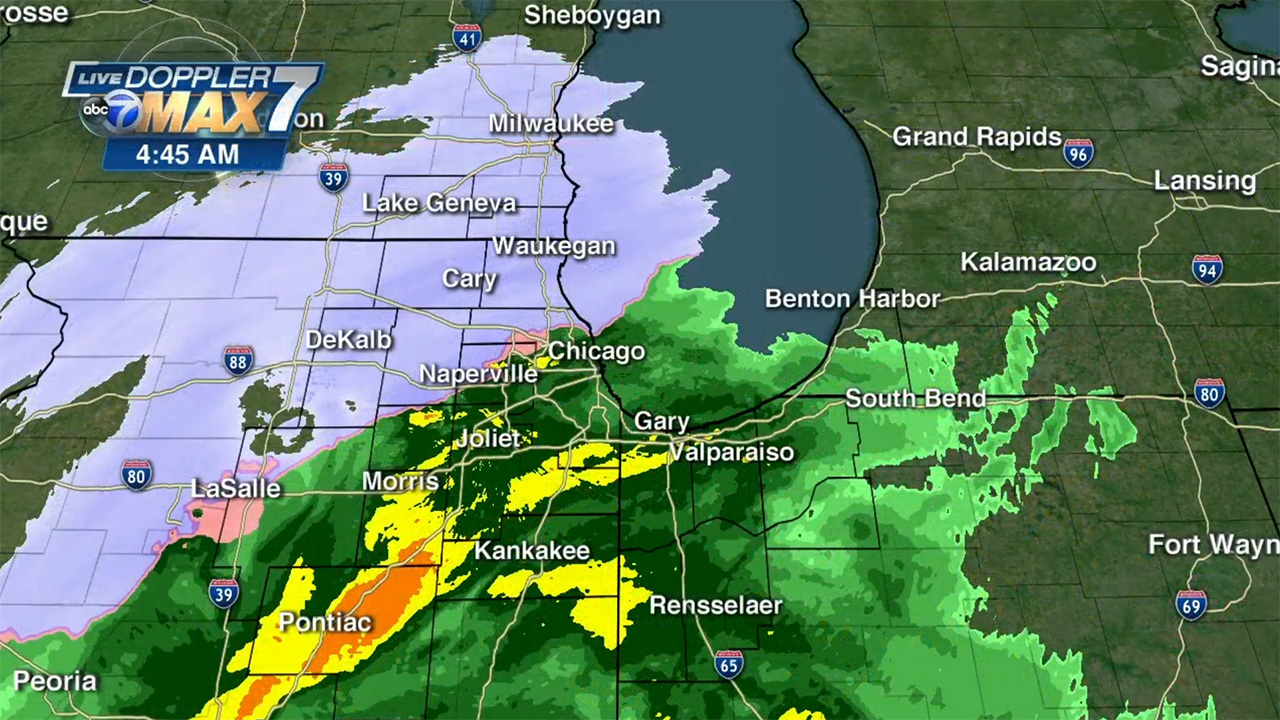

What sets doppler radar apart from first-generation traditional radar tools is that doppler radar can detect velocities that is, it can detect the speed at which droplets are moving toward or away from the radar site. Take, for instance, the case of the National Weather Service doppler radar located just outside of Chicago, Illinois. On Augthe local doppler radar was able to detect traffic flowing on Interstates 55 and 57. When a low-altitude layer of warm air developed over the region, the radar beam was refracted lower to the ground than normal. The result was the radar beam being bounced off of vehicles along the area interstates. (Click each image for a larger view). While doppler weather radar is traditionally used to detect water and ice droplets in the sky – otherwise known as clouds and precipitation – weather radar has also been shown to detect birds, buildings, vehicular traffic, airplanes, and even the smoke from the collapsing World Trade Center towers and the disintegration of the Space Shuttle following the 2003 Shuttle Columbia disaster. weather radar has become ubiquitous in today’s American culture as people seek to stay updated on weather conditions from home, from their cell phone, and while on the road. But on calm weather days, meteorologists have time to examine some of their tools and instruments with a different eye.

Journal of Atmospheric and Oceanic Technology. Polarimetric Doppler Weather Radar: Principles and Applications.

ĬSU-CHILL is protected by a pneumatic dome, and is close to its control buildings. From these, the type of precipitation can be easily discerned. This configuration also aids in the ability to gather samples from various polarizations. Each transmitter can individually transmit its respective frequency through its own feed horn onto the 9m offset parabolic antenna. It has a transmitter consisting of both S and X-bands, both using a klystron. Description ĬSU-CHILL is used to study atmospheric principles and precipitation on a small scale with the use of two frequencies. The radar was operated through a cooperative agreement with the National Science Foundation. Colorado State University - CHicago ILLinois radar, colloquially CSU-CHILL, is a semi-mobile, dual-frequency weather surveillance radar developed in 1970 by the University of Chicago and the Illinois State Water Survey, which has since been moved to Colorado on behalf of Colorado State University.


 0 kommentar(er)
0 kommentar(er)
